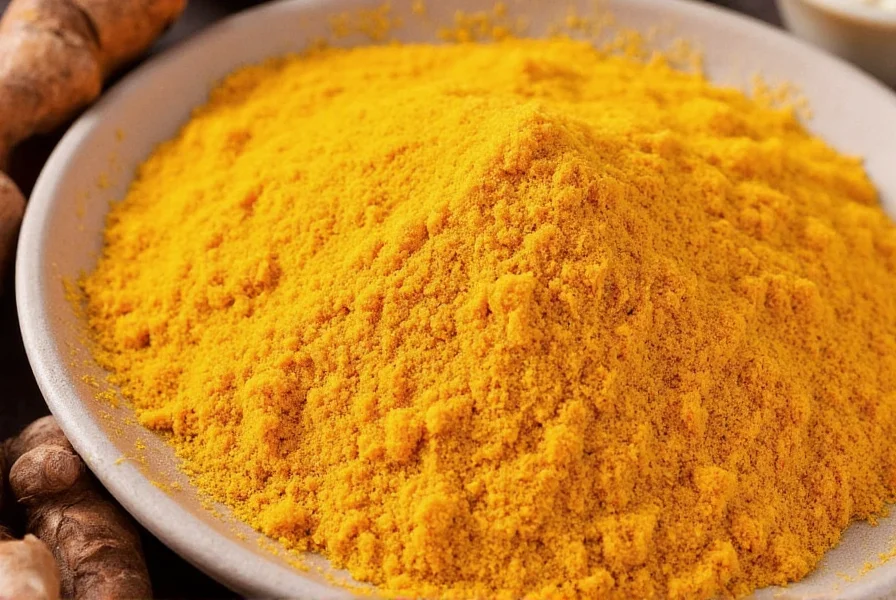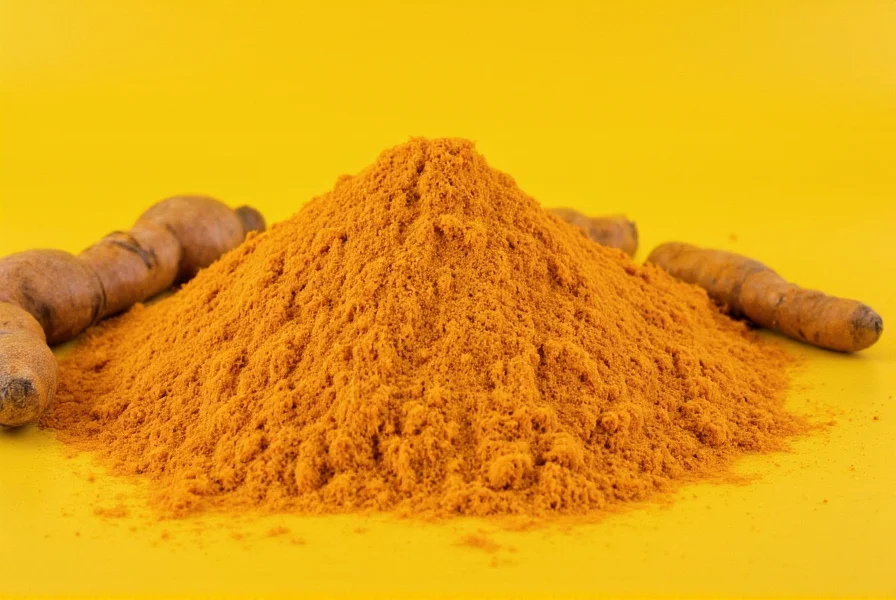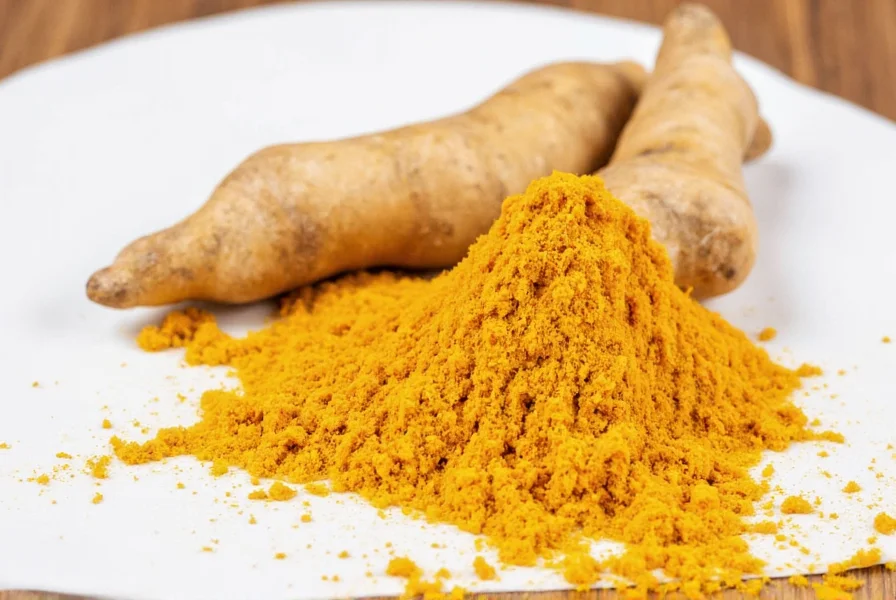If you're searching for where to buy turmeric, you'll find this vibrant yellow spice is surprisingly accessible across multiple retail channels. Turmeric (Curcuma longa), known for its earthy flavor and potential health benefits, appears in three primary forms: fresh root, ground powder, and dietary supplements. Understanding where to find each form helps you make informed purchasing decisions based on your intended use, whether for cooking, traditional remedies, or wellness supplementation.
Major Grocery and Supermarket Options
Most conventional grocery stores carry turmeric in their spice sections. National chains like Kroger, Safeway, Walmart, and Target stock popular brands such as McCormick, Simply Organic, and their store brands. When shopping at these locations, check both the standard spice aisle and the international foods section, where you'll often find more affordable options with higher curcumin content.
Fresh turmeric root has become increasingly common in produce sections of larger supermarkets, particularly in stores with robust organic offerings. Whole Foods Market, Sprouts Farmers Market, and Trader Joe's typically carry fresh turmeric root year-round, usually displayed near ginger due to their botanical relationship.
| Store Type | Form Available | Typical Price Range |
|---|---|---|
| Major Supermarkets | Ground powder, occasionally fresh root | $3-6 for 2.5-4oz powder container |
| Health Food Stores | Fresh root, premium powders, supplements | $4-10 for powder, $2-4 per pound fresh root |
| Ethnic Grocery Stores | Fresh root, bulk powder, whole rhizomes | $1-3 for powder, $1-2 per pound fresh root |
| Online Retailers | All forms including specialty products | Varies widely by quality and quantity |
Ethnic Markets for Authentic Turmeric
For the most authentic and often freshest turmeric, visit Indian, Pakistani, or Southeast Asian grocery stores. These markets typically offer turmeric in multiple forms:
- Fresh turmeric root sold by the pound, often with superior color and aroma
- Bulk ground turmeric where you can purchase exact quantities needed
- Whole dried rhizomes that you can grind yourself for maximum potency
- Specialty blends like turmeric paste or golden milk mixes
Stores like Patel Brothers (Indian), 99 Ranch Market (Asian), or local mom-and-pop ethnic grocers provide turmeric that's frequently fresher and more affordable than mainstream supermarkets. Many shoppers report better flavor and color in turmeric purchased from these specialized markets.

Online Purchasing Options
When considering where can I buy turmeric online, several reputable options exist:
Major e-commerce platforms like Amazon, Walmart.com, and Thrive Market offer extensive turmeric selections. Look for products with numerous verified purchase reviews and clear labeling of curcumin content. For where to buy organic turmeric powder online, specialty retailers like Mountain Rose Herbs and Starwest Botanicals provide certified organic options with transparent sourcing information.
When purchasing turmeric supplements online, prioritize brands that provide third-party testing verification and clear labeling of curcuminoids content. Reputable supplement databases like ConsumerLab or NSF Certified for Sport can help verify product quality before purchase.
What to Look for When Buying Turmeric
Not all turmeric products deliver equal quality. When searching for where to buy good turmeric, consider these quality indicators:
- For ground powder: Vibrant yellow-orange color (dull yellow suggests age), strong earthy aroma, and fine texture
- For fresh root: Firm texture, smooth skin without wrinkles, and minimal root hairs
- For supplements: Standardized curcumin content (typically 95%), additional ingredients like black pepper extract for absorption, and third-party testing verification
Avoid products with suspiciously low prices, as these often indicate diluted or adulterated turmeric. Some unscrupulous sellers mix turmeric with fillers like starch, chalk, or even toxic coloring agents. Reputable sellers provide clear information about sourcing and processing methods.
Seasonal Availability and Storage Tips
Fresh turmeric root follows seasonal patterns, with peak availability from fall through spring. During summer months, you might find reduced selection or higher prices for fresh root. Ground turmeric powder maintains quality for 1-2 years when stored properly in an airtight container away from light and heat.
For where to buy turmeric root year-round, consider freezing fresh turmeric. Simply peel, slice, and freeze in an airtight container. Frozen turmeric retains most of its beneficial compounds and grates easily when needed for recipes.

Understanding Turmeric Pricing Variations
Price differences for turmeric reflect several factors including organic certification, curcumin content, processing methods, and packaging. Conventional ground turmeric typically costs $0.50-$1.50 per ounce, while organic versions range from $1.50-$3.00 per ounce. Fresh turmeric root generally sells for $1.50-$4.00 per pound depending on season and location.
When evaluating where to buy turmeric cheap without sacrificing quality, consider purchasing larger quantities of powder from ethnic markets or warehouse clubs. Many shoppers find better value per ounce when buying turmeric in bulk from stores specializing in spices or natural products.











 浙公网安备
33010002000092号
浙公网安备
33010002000092号 浙B2-20120091-4
浙B2-20120091-4